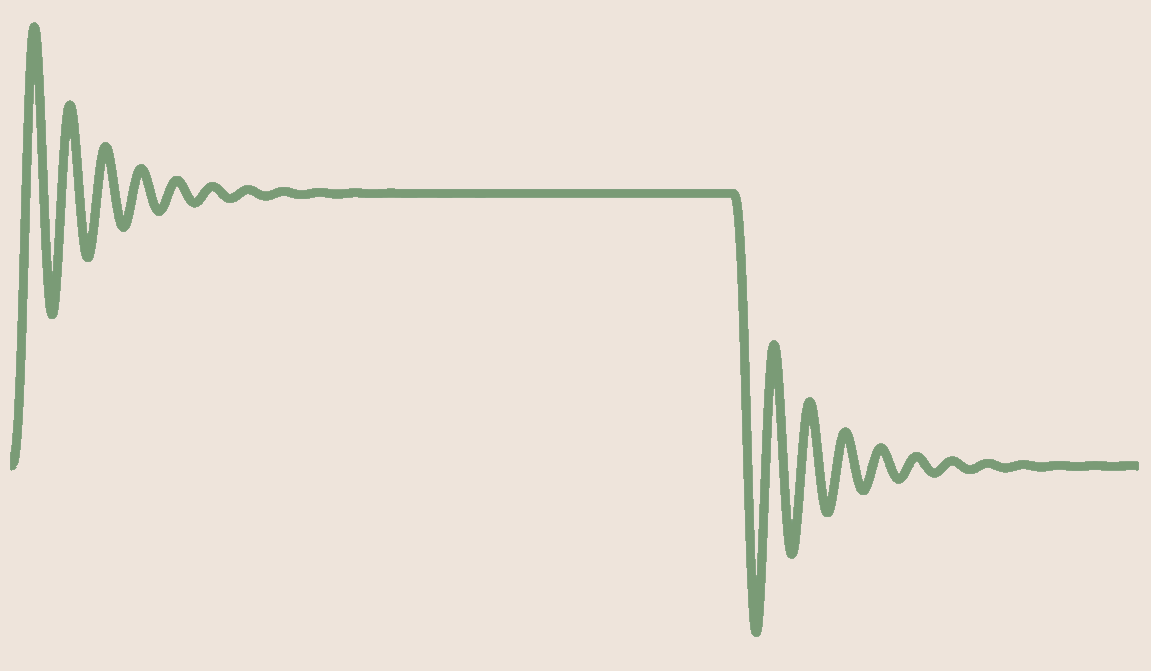An Exercise in Thermal Simulation and Model Verification
Simulation has become a widely accepted tool in many different fields of engineering, whether it be electronics design, aeronautical engineering or, as in this case, thermal analysis. Whilst simulation will never completely replace real-world test and measurement, it can certainly shorten many product development cycles by eliminating the need for early prototyping and initial “proof of concept” exercises.
No matter how well developed our simulation tools might be, it is always good practice to carry out occasional “sanity check” exercises to ensure that both the simulation tools and (perhaps more importantly) our use of those tools is still providing us with credible, useful answers. This is particularly true when working within an “ecosystem” where new models are based on older models, which may themselves be based on even older models, and where mistakes made early on in the modelling family tree may be inadvertently carried through to later generations.
The document linked below is an example of one such sanity check exercise. In that exercise, the thermal behaviour of two types of power MOSFET, mounted on various PCB configurations, is tested under laboratory conditions. The test setups are then modelled at a “detailed” level using FloTHERM thermal simulation software and the results compared with the empirical data.
When carrying out this type of comparative exercise, it is important to appreciate that our real-life, empirical results should not be taken at face value and may themselves be subject to various measurement errors. Hence if there is disagreement between simulated and empirical results, it may not necessarily be the simulation tool – or our use of it – that is to blame! I have taken some time in the document to demonstrate how such measurements errors can occur, how one of those errors might be compensated for and how, despite our best efforts, there may still be some residual uncertainty in the results that we actually measure. Similarly, when recreating a real-life scenario in simulation, there will always be factors of which we cannot be completely certain and which may influence the final result. In the case of thermal simulation I am thinking particularly of material thermophysical properties which may not be known with great accuracy, and for which best-guess assumptions must be made. I also demonstrate how it is possible to determine whether those “known unknowns” have a significant effect on the simulation results, using a simple sensitivity analysis method.
You may notice that the numbering of the document sections is not contiguous and that certain sections appear to be missing. This is because I removed certain parts of the original dissertation which I felt were not necessary for the story I was attempting to tell.
If you don’t want to read the entire document from start to finish, there is a linked Table of Contents at the beginning. For a summary of the comparison between simulated and experimental results, go straight to Section 10, “Simulation results and comparison against experimental data.”
Thermal Simulation and Model Verification Paper
No matter how well developed our simulation tools might be, it is always good practice to carry out occasional “sanity check” exercises to ensure that both the simulation tools and (perhaps more importantly) our use of those tools is still providing us with credible, useful answers. This is particularly true when working within an “ecosystem” where new models are based on older models, which may themselves be based on even older models, and where mistakes made early on in the modelling family tree may be inadvertently carried through to later generations.
The document linked below is an example of one such sanity check exercise. In that exercise, the thermal behaviour of two types of power MOSFET, mounted on various PCB configurations, is tested under laboratory conditions. The test setups are then modelled at a “detailed” level using FloTHERM thermal simulation software and the results compared with the empirical data.
When carrying out this type of comparative exercise, it is important to appreciate that our real-life, empirical results should not be taken at face value and may themselves be subject to various measurement errors. Hence if there is disagreement between simulated and empirical results, it may not necessarily be the simulation tool – or our use of it – that is to blame! I have taken some time in the document to demonstrate how such measurements errors can occur, how one of those errors might be compensated for and how, despite our best efforts, there may still be some residual uncertainty in the results that we actually measure. Similarly, when recreating a real-life scenario in simulation, there will always be factors of which we cannot be completely certain and which may influence the final result. In the case of thermal simulation I am thinking particularly of material thermophysical properties which may not be known with great accuracy, and for which best-guess assumptions must be made. I also demonstrate how it is possible to determine whether those “known unknowns” have a significant effect on the simulation results, using a simple sensitivity analysis method.
You may notice that the numbering of the document sections is not contiguous and that certain sections appear to be missing. This is because I removed certain parts of the original dissertation which I felt were not necessary for the story I was attempting to tell.
If you don’t want to read the entire document from start to finish, there is a linked Table of Contents at the beginning. For a summary of the comparison between simulated and experimental results, go straight to Section 10, “Simulation results and comparison against experimental data.”
Here is the link to the pdf:
